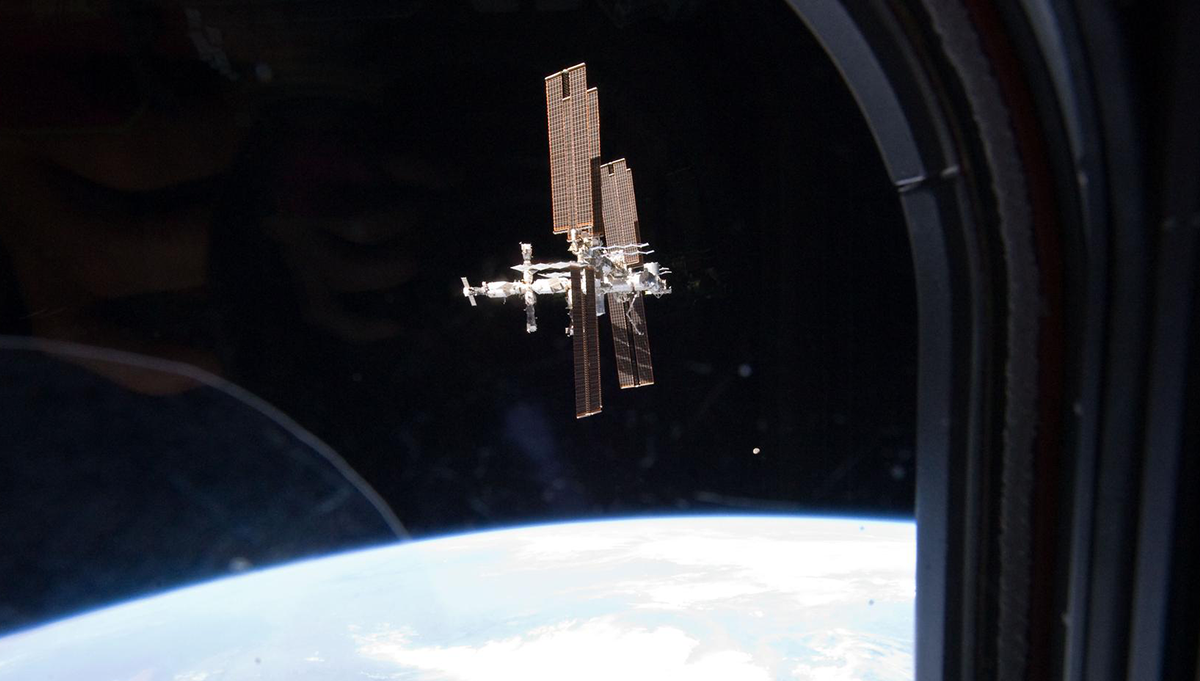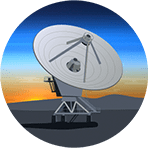August 30, 2011 Vol. 4, Issue 6 NASA and the Department of Defense (DOD) should undertake periodic assessments to correct parts quality problems in their programs, according to the General Accountability Office (GAO).
Organization: HQ
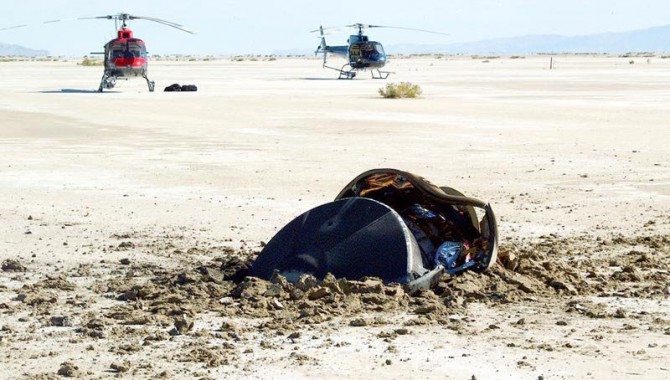
August 30, 2011 Vol. 4, Issue 6 Ten years ago this month, Genesis launched to discover the origin of our solar system. Three years later, it had an unexpectedly rough return in the Utah desert.
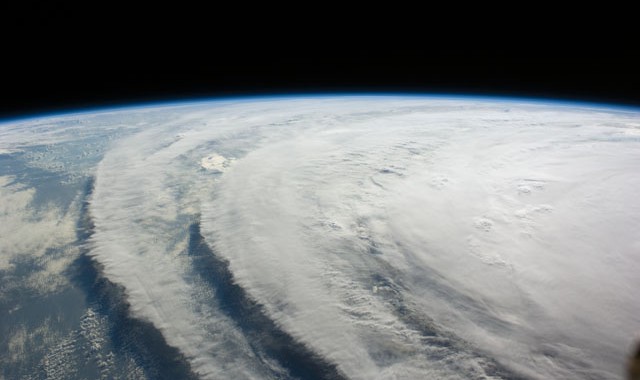
August 30, 2011 Vol. 4, Issue 6 Surviving the third costliest hurricane to hit the United States reaffirmed a common lesson for NASA: in the event of an emergency, you’d better have a plan.
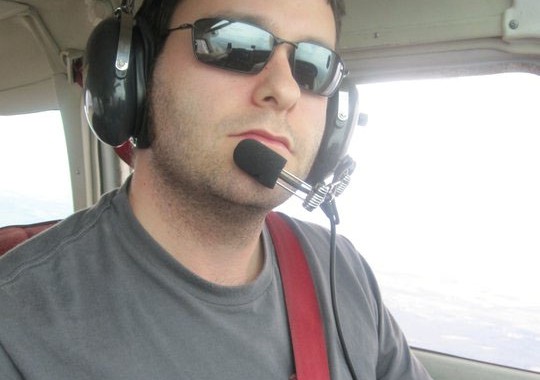
August 30, 2011 Vol. 4, Issue 6 In a time of transition at NASA, Darius Yaghoubi wants to learn as much as he can.
August 30, 2011 Vol. 4, Issue 6 The aerospace workforce saw more stability than change in 2011, according to two benchmark studies by Aviation Week.

August 30, 2011 Vol. 4, Issue 6 Organizations that intend to succeed cant only rely on established experience. They have to allow for the creation of it.
August 30, 2011 Vol. 4, Issue 6 Principal investigators, project managers, and project scientists gathered to exchange stories and knowledge at the third Principal Investigator Team Masters Forum in Annapolis, Maryland.
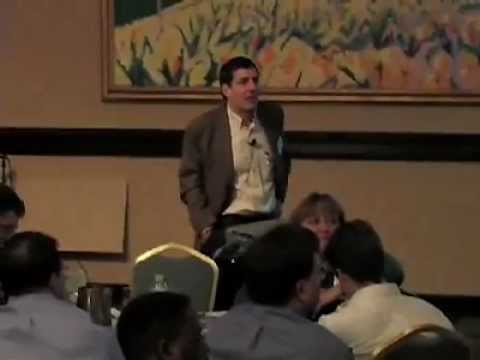
In order for NASA to succeed with its very demanding and complex missions, the organization has to be very good at sharing learning and collaboration among the centers. ASK Magazine Editor Don Cohen, discusses the importance of collaboration, communication, trust, and sharing expertise within the organization. For more project management and engineering learning content, visit […]
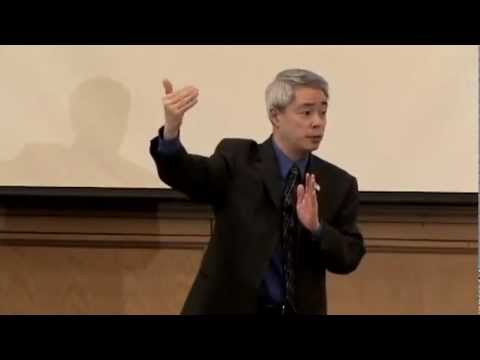
This popular talk is now available in its full-length version! Steve Goo describes the Boeing Program Management Best Practices, an integrated management system the company has refined over the past ten years to enable programs of all sizes achieve high levels of performance and customer satisfaction. He discusses the importance of staying focused on the […]


